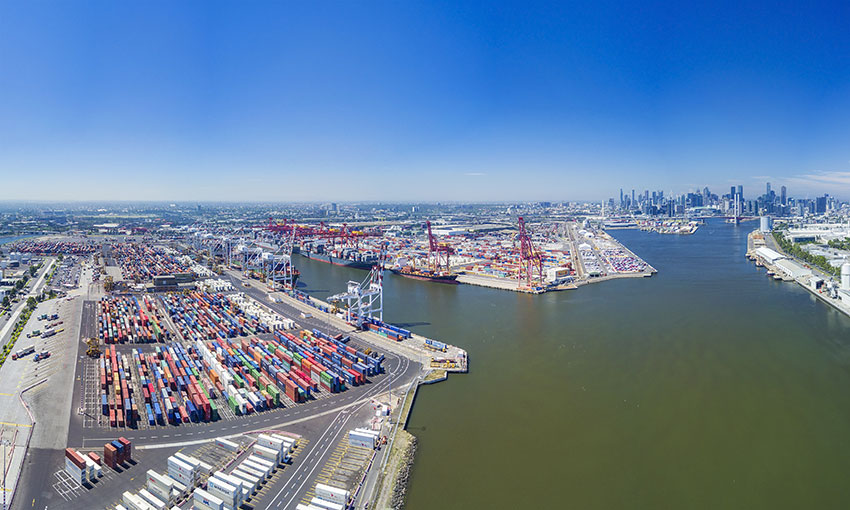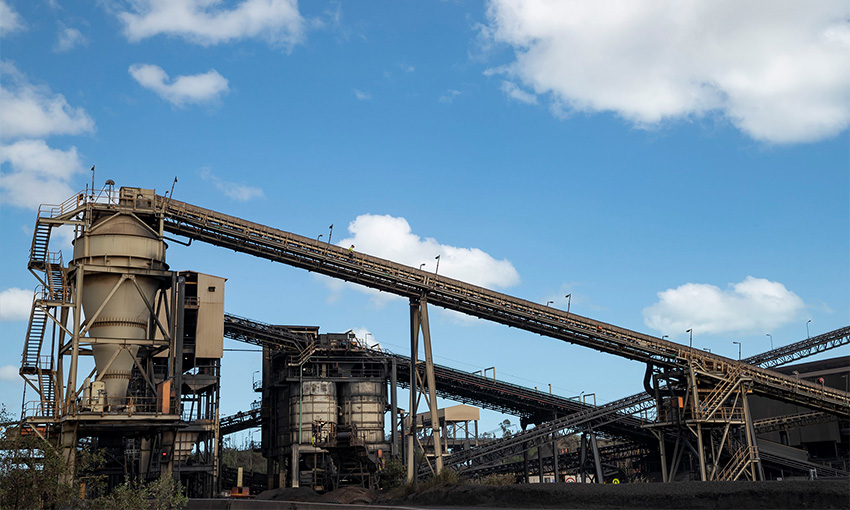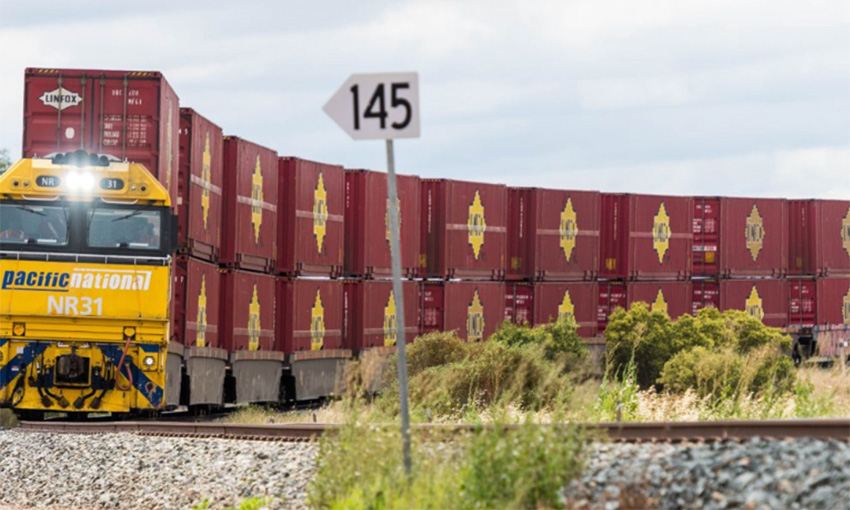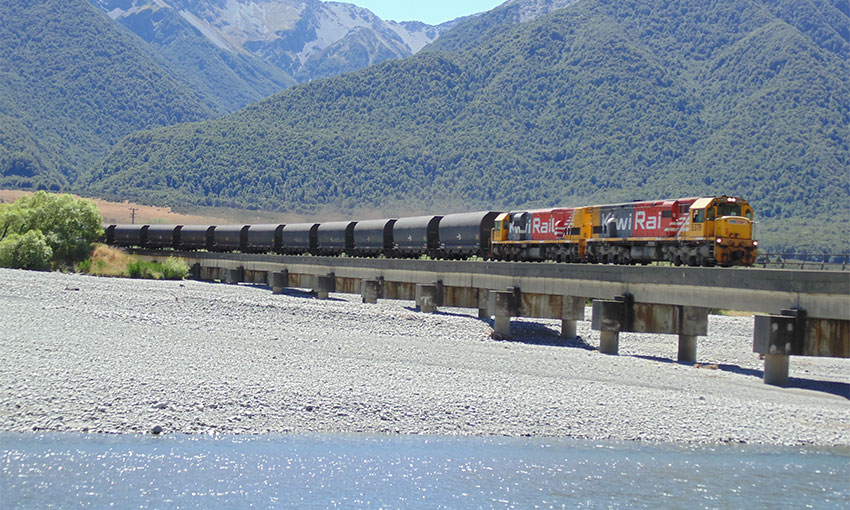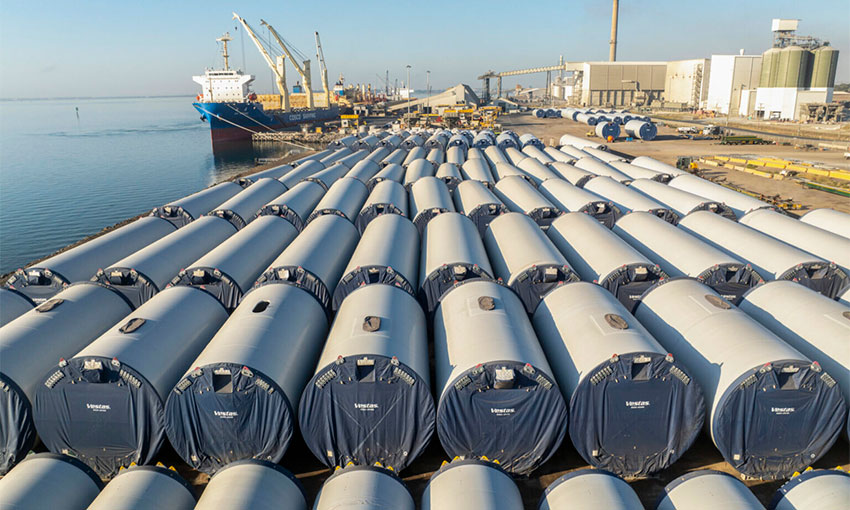A report by the Victorian Auditor-General’s Office (VAGO) queries how the Victorian government, the Department of Transport and Planning and V/Line in particular, are going to achieve the target of 30% of containers of the forecasted volumes being transported by rail by 2050.
The report states that the share of rail freight going in and out of the Port of Melbourne is now less than half of its 2013-14 peak, meaning that trucks have carried most of the 30% growth in the port’s container freight trade. In order to reach the 30% rail share by 2050, an annual increase of 4.6% is required, which is highly unlikely according to the report.
Programs in place
Current programs to increase rail share are the Mode Shift Incentive (MIS), a rebate available to four regional intermodal operators, currently $3.5 million per year and which terminates in 2024, and financial support (commenced more than eight years ago) by the State government (including Australian Government funding) for the Port Rail Shuttle Network (PRSN).
According to the report, the PRSN has been plagued with delays, mainly in the construction of the metro intermodal terminals. The report also queries the commercial viability of the PRSN as concerns were raised after all private sector parties signed the contracts in 2020.
One of the concerns related to the commercial viability of moving freight by rail, is that trucks currently have a significant commercial advantage in pricing, especially over short distances.
Further concerns are raised in the report about the limited availability of train paths for freight trains on the Dandenong line, which services the Dandenong South Intermodal Terminal, and no rail connectivity to Webb Dock, which is projected to handle half of the port’s containers by 2050 and is seen as critical to the success of the PRSN.
The report recommends that the Department of Transport and Planning uses its leadership and coordination role in the transport and freight sector to ensure the PRSN delivers the government’s target.
Driving freight to rail
In my view one of the levers to drive more freight on rail and make pricing more attractive is a subsidy (or rebate), which is currently the case in the Port of Fremantle where the rail share is 18%. This is, however, unlikely to be popular with the state government.
A more appropriate policy, and successful in many European countries, is an environmental levy placed on trucks per kilometre travelled. Rail transport has many social, economic and environmental benefits over road transport and this levy could make rail more competitive with road transport.
The Webb Dock question
As the report mentions, a rail connection to Webb Dock is crucial to the success of the PRSN. However, this will be difficult and costly to achieve. The Fishermans Bend Framework shows a concept rail route but there is currently no funded project to establish a rail network. It should be noted that the population of Fishermans Bend is expected to grow to 80,000 people by 2050 and major truck and rail routes will have to be constructed through the precinct to transport containers to and from Webb Dock.
The throughput of the container terminal at East Webb Dock is currently approximately 900,000 TEU. This will soon increase to a capacity in excess of 1.25 million TEU and there are plans by the Port of Melbourne to develop another container terminal at Webb Dock East by 2035, which will increase total capacity to 3 million TEU.
The ability to transport these volumes with trucks only, without major inconvenience to the public, is unlikely, let alone considering the environmental issues. The Centre for Supply Chain and Logistics at Deakin University produced a report in March 2017, which argues where and when to build a second container port.
This report provides some detailed analysis on the projected number of truck and train movements when Webb Dock reaches its full capacity as proposed by the Port of Melbourne.
In view of the findings in the VAGO report it remains to be seen if and when sufficient container freight in the Port of Melbourne can be shifted from road to rail and whether expansion plans by the port are likely to come to fruition without major financial, social and environmental effects. The port is scheduled to issue a cost-benefit analysis of its expansion plans in 2024.
Away from the city port
Globally, ports are moving away from so-called city container ports, as we mostly have in Australia except for Brisbane where most of its logistics activity is located on Fisherman Island, and develop new ports and port-related industries far away from urban centres whilst still considering how to efficiently service their hinterlands. Governments overseas in some cases stipulate that, when awarding a container terminal concession, a large portion (sometimes up to 50%) of container volumes is required to be transported in and out of the terminal by means other than road.
An example of the movement away from a city port in Australia is occurring in WA where the government is undertaking steps to shift the container activity (when container volumes grow), from the Port of Fremantle to a new port and logistics precinct near Kwinana, an industrial area about 30 km south of Fremantle. The chosen site in Kwinana has the prospect of establishing unimpeded road and rail connections to the origin and destinations of the containers.
The Victorian government needs to act soon and do more than facilitate. It needs to invest, in conjunction with industry, to ensure that current and future container volumes can safely, effectively and with the least amount of impact on the community, be transported to and from the container terminals to their hinterland.

